Danyang Bobaljae Pass (단양 보발재)
12.4Km 2024-02-26
San 26-7, Baekja-ri, Yeongchun-myeon, Danyang-gun, Chungcheongbuk-do
Bobaljae Pass is located 540 m above sea level on the northern side of Sobaeksan Mountain. It is also known as Godeuneomijae Pass. The S-shaped curve is known for wildflowers in spring and fall foliage in autumn, so one can either take a leisurely drive along the road or park one’s car at the observatory and get some pictures. Guinsa Temple and Ondal Tourist Area nearby are also good to visit.
High Healing 1 (산림힐링재단(하이힐링원))
13.8Km 2025-10-23
113 Seomjigol-gil, Sangdong-eup, Yeongwol-gun, Gangwon-do
+82-33-370-7777
High Healing 1, established in 2019 as a social contribution foundation and wellness institution under Kangwon Land, aims to enhance public health and quality of life. It offers high-quality programs such as life detox, forest education & therapy, and healing experiences utilizing content that combines natural healing factors with cultural and artistic elements. Notably, High Healing 1 was chosen as one of the '64 Recommended Wellness Destinations of 2023' by the Korea Tourism Organization and the Ministry of Culture, Sports and Tourism. With this, High Healing 1 has become the first wellness tourism destination in Yeongwol-gun.
Yeongwol Donggang River (동강(영월))
16.3Km 2024-04-22
826 Donggang-ro, Yeongwol-gun, Gangwon-do
+82-33-370-2429
The Donggang River flows through Gangwon State, starting at the point where Odaecheon Stream and Joyanggang River meet and flows into the Namhangang River. The Donggang River spans an area of 60 kilometers from Jeongseon to Yeongwol. It is a well-preserved river, left untouched due to the strong current of the waters and the rugged geography of the mountains. It follows a snaky path splitting the chiseled cliffs surrounding it.
Yeongwol Donggang Hanu (영월동강한우)
16.6Km 2024-04-02
65 Hasongan-gil, Yeongwol-eup, Yeongwol-gun, Gangwon-do
Korean beef from Gangwon State is known for its taste and nutrition. The place is a Korean beef restaurant in Yeongwol. It has a separate butcher shop selling just meat and a self-service dining area, so the price is reasonable. There is a service charge of 5,000 won for guests 14 years and older and 3,000 won for elementary school students. Meat can be purchased at the butcher in the cut and texture of one's choice, ensuring high levels of satisfaction. Extras and sides (beef tartare, bulgogi, cold buckwheat noodles, soybean paste jjigae, etc.) and A La Carte (rice soup, beef bone soup, beef tartare bibimbap, etc.) are also available.
Byeolmaro Observatory (별마로천문대)
16.7Km 2025-08-07
397 Cheonmundae-gil, Yeongwol-eup, Yeongwol-gun, Gangwon-do
Byeolmaro is a public astronomical observatory built on the peak of Bongnaesan Mountain (alt. 799.8 m) in Yeongwol. The term "Byeolmaro" combines the words byeol (star), ma (peak) and ro (peaceful). Together, they collectively represent the wish to view stars in a clean and peaceful environment. The observatory has a variety of telescopes, including one with a diameter of 80 centimeters. The observatory also has accommodation facilities, audio & visual rooms, and a lecture hall, making it suitable for educational programs.
Sobaeksan National Park (Gyeongsangbuk-do Region) (소백산국립공원(경북))
16.8Km 2023-02-17
Punggi-eup, Yeongju-si, Gyeongsangbuk-do
+82-54-638-6196
Sobaeksan National Park was designated as the 18th national park in December 1987. The features of Sobaeksan National Park include wildflowers and royal azaleas in spring and snowy scenery in winter. The mountain borders three provinces and four cities. Attractions include various peaks, temples, and waterfalls. The mountain is especially popular in May when royal azaleas are in full bloom and a natural forest tunnel is formed. Birobong Peak of the mountain is covered with snow six months of the year and is called the Alps of Korea.
Seonbichon Village (선비촌)
16.8Km 2022-08-22
2796, Sobaek-ro, Yeongju-si, Gyeongsangbuk-do
+82-54-638-6444
Seonbichon Village in Yeongju, Gyeongsangbuk-do, the cradle of Korean Confucianism, is where the spirit and cultural heritage of Korea’s classical scholars are preserved. The village is the perfect place to learn about traditional Korea, and is famous for its classical scholars’ loyalty and filial piety.
Seonbichon village offers a variety of traditional activities for visitors, from pounding rice cake to hanging wish lanterns to attending a traditional wedding ceremony or playing folk games such as yutnori or jegichagi. Visitors can also enjoy traditional dining at Jeojatgeori Street and learn about history through the museum. Guests can also enjoy the unique experience of staying in a hanok house through the overnight program and participate in scholar programs.
Sosu Museum (소수박물관)
17.2Km 2021-03-11
2780, Sobaek-ro, Yeongju-si, Gyeongsangbuk-do
+82-54-639-7691
Sosu Museum aims to consolidate and organize the nation’s traditional Confucian legacy and to establish the root of the national spirit through Sosuseowon, the first Confucian academy ever created in Korea. This museum is the only Confucian museum where visitors can experience the very valuable legacy of the Confucian culture and the rise and fall of Confucianism during the Joseon dynasty. The museum opened on September 22, 2004 and since then, it has been a place where one can experience the dynamic historical adventure through valuable Confucian relics and remains. The museum also aims to revitalize the local culture of the Yeongju area by showcasing the region's well-preserved cultural assets and items.
Cheongnyeongpo Scenic Spot (청령포)
17.5Km 2024-04-02
133 Cheongnyeongpo-ro, Yeongwol-eup, Yeongwol-gun, Gangwon-do
Cheongnyeongpo Scenic Spot is one of Yeongwol's representative tourist destinations, also well known as Joseon's 6th king Danjong’s home in exile. The Namhangang River surrounds its three sides, and there are mountains on the other side. It is only accessible by boat. For reference, there is no set schedule for the departure and arrival of the boat, and it starts operating once the travelers are seated to some extent. Travelers are welcomed by tall pine trees when entering Cheongnyeongpo. There are many historical sites, such as Danjong's home in exile, a pine tree about 600 years old called Gwaneumsong, and Manghyangtap Tower, which serves as an observatory.
Café Slowly (카페 느리게)
17.5Km 2024-04-02
37 Cheongnyeongpo-ro, Yeongwol-eup, Yeongwol-gun, Gangwon-do
It's a cafe located near Cheongnyeongpo Scenic Site. Visitors can enjoy the riverside scenery of Yeongwol from a window seat. The signature drinks are Corn-spänner and Barley Dango. Corn-spänner is a sweet, creamy drink made with corn milk and cream, and Barley Dango is a drink made with finely ground barley, roasted grain powder, homemade cream, and dango. Guests are warmly welcomed into the cafe by the resident cat, making it especially suitable for travelers who love pets.
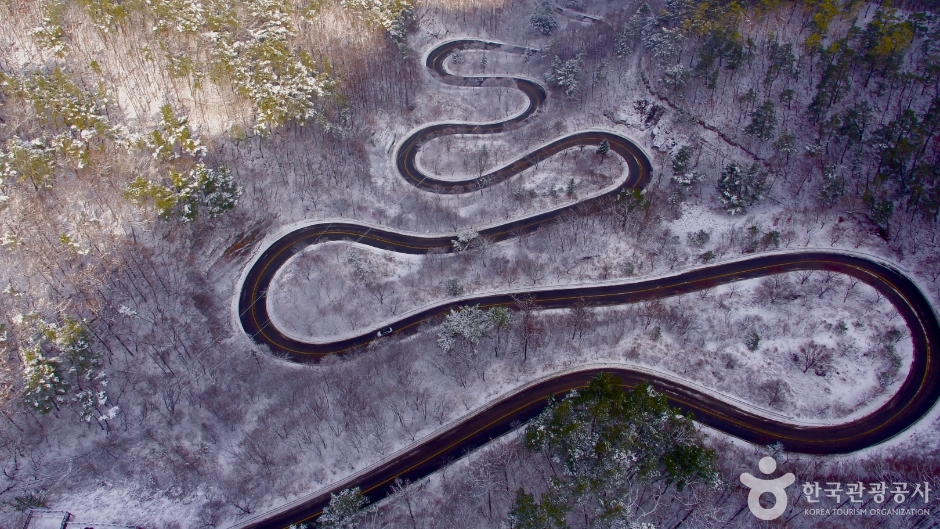
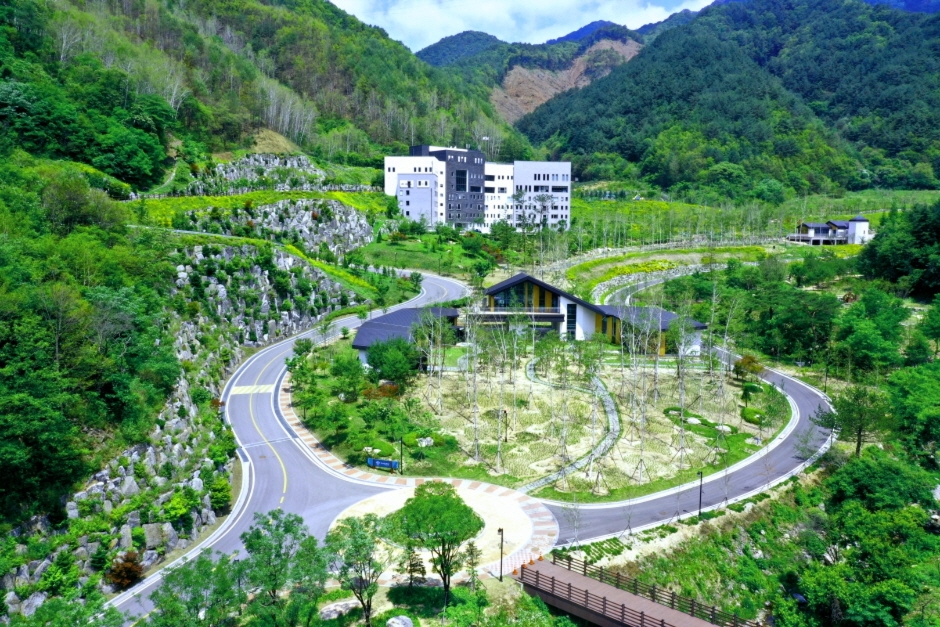
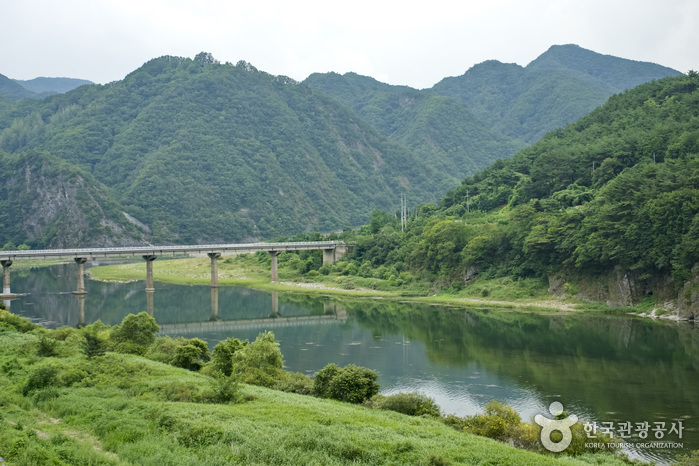
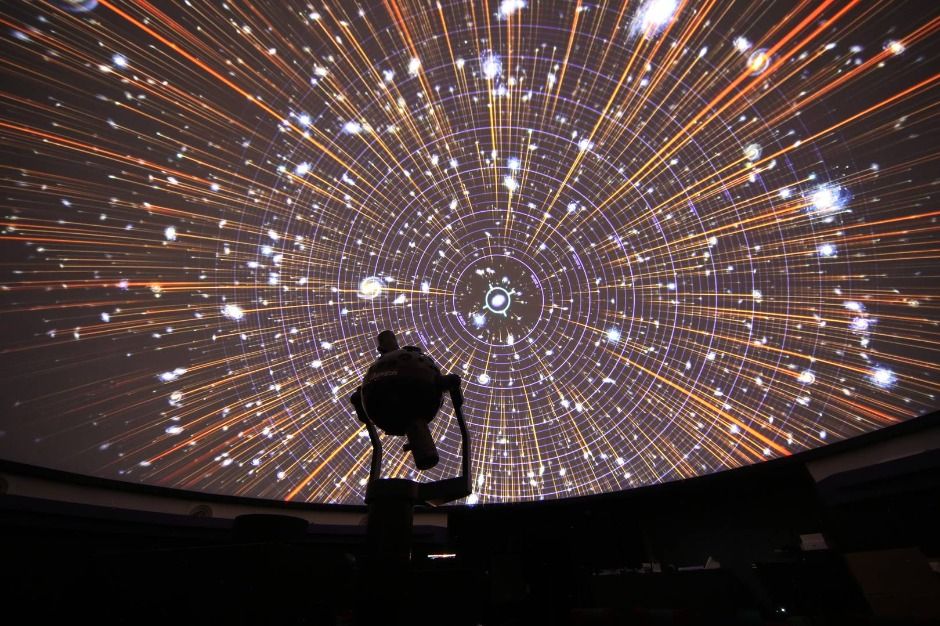

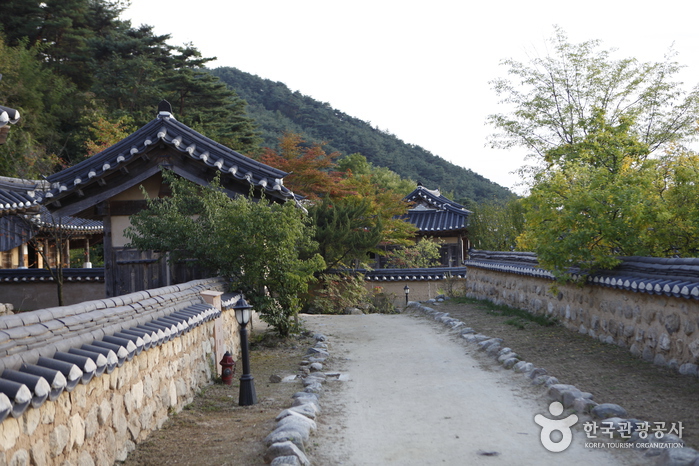
 English
English
 한국어
한국어 日本語
日本語 中文(简体)
中文(简体) Deutsch
Deutsch Français
Français Español
Español Русский
Русский